Tales of Wild Horse Creek
I’m going to tell you a story about a little adventure I had in the summer of 2014, which led to my accidental discovery of a ghost town in the wilderness of southern British Columbia.
That summer, I took a week-long solo road trip through the Canadian Rockies, in part for the purpose of acquiring photos for my own website. About halfway through my trip, I decided to pay a visit to Fort Steele, a living history museum just up the B.C. Highway 95 from the city of Cranbrook.
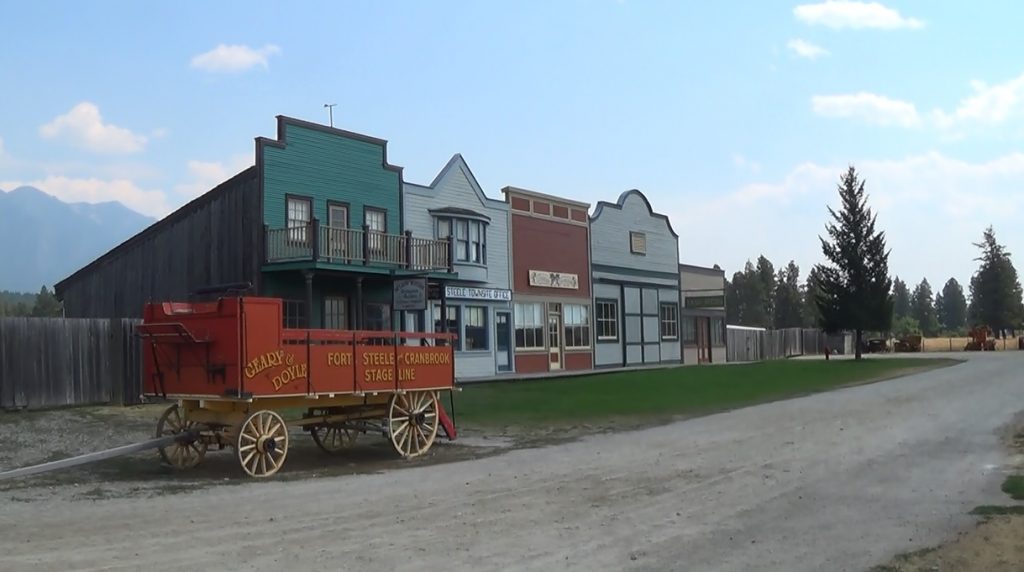
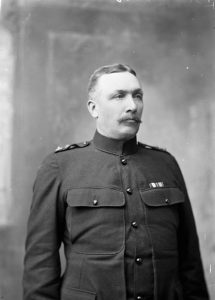
Fort Steele was once a town called Galbraith’s Ferry, established in 1864 by a ferry operator named John Galbraith, who made his living transporting prospectors across the Kootenay River. The settlement acquired its new name in 1888, when the famous Mountie Sam Steele came to town to settle a contentious dispute between a local prospector and a Kootenai Indian whom he accused of murder (Fort Steele was never a ‘fort’ in the truest sense of the term, although it did house a NWMP outpost). Although the original settlement dwindled into a ghost town in the early 1900s, a true-to-life replica of the frontier community was built in the late 1960s and opened to the public as the Fort Steele Heritage Town, a living museum designed to imitate Fort Steele as it appeared in the 19th Century. Today, visitors to Fort Steele can walk down the raised wooden sidewalks past horse drawn carriages, a steam engine locomotive, and actors dressed in period costume who appear baffled by the size of your tiny camera.
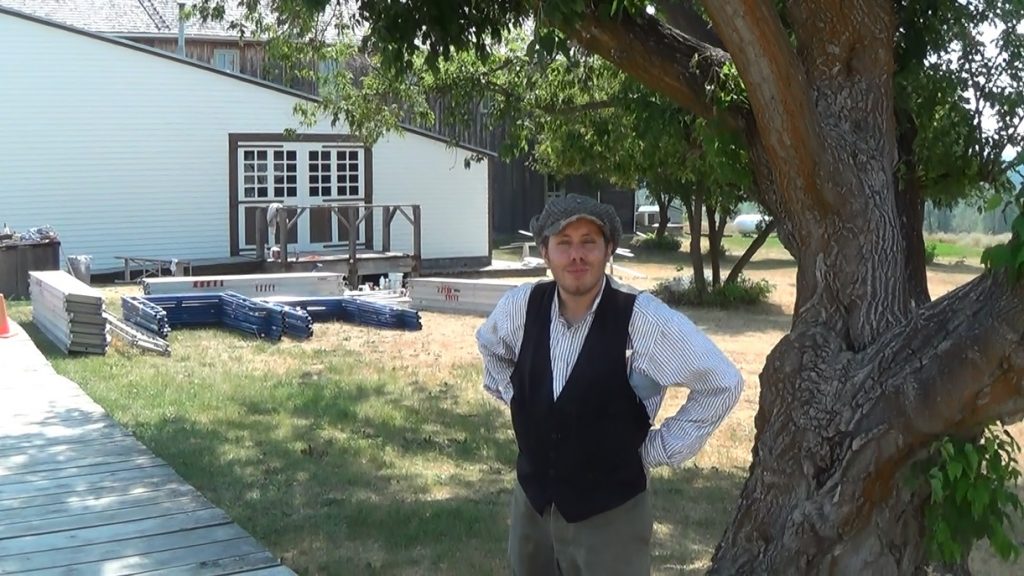
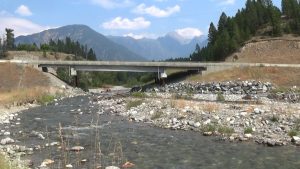
After enjoying the sights and sounds of Fort Steele, I set out to get a photo of the confluence of the Kootenay and Wild Horse Rivers, where an old CPR railway station once stood. Near a gas station graced by one of those goofy cutout board inviting passersby to transplant their faces onto the vacant countenance of a faceless prospector, I ended up taking a wrong turn and heading up a narrow and somewhat precarious logging road which runs along a cliff overhanging the Wild Horse River. This dirt road (which, in retrospect, must have been the Fort Steele-Wildhorse Road) was a bit of a one-way trail, and I had little choice but to follow it until it widened sufficiently to allow me to turn my car around. I drove on and on into the mountains, praying that I wouldn’t run into another vehicle bound for Fort Steele.
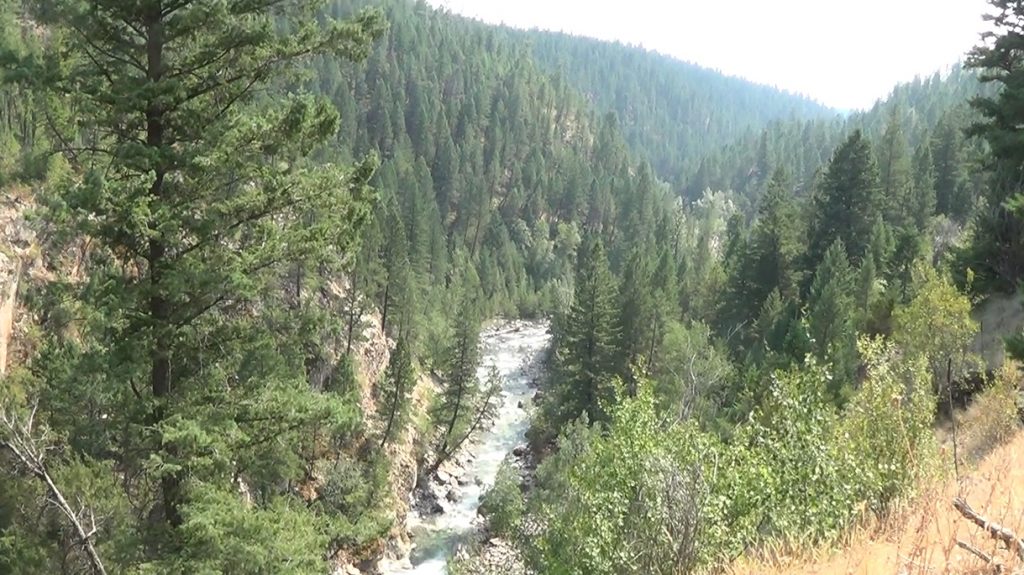
After driving for what seemed like an eternity, I came to a ‘turnoff’ which was really nothing more than an eroded bank leading down to the Wildhorse River. As I drove onto the rocky beach and prepared to turn around, I spied, to my astonishment, a man standing knee deep in the Wild Horse River, leaning forward with a pan in his hand. The man waved to me, and I got out of my vehicle and walked over to say hello.
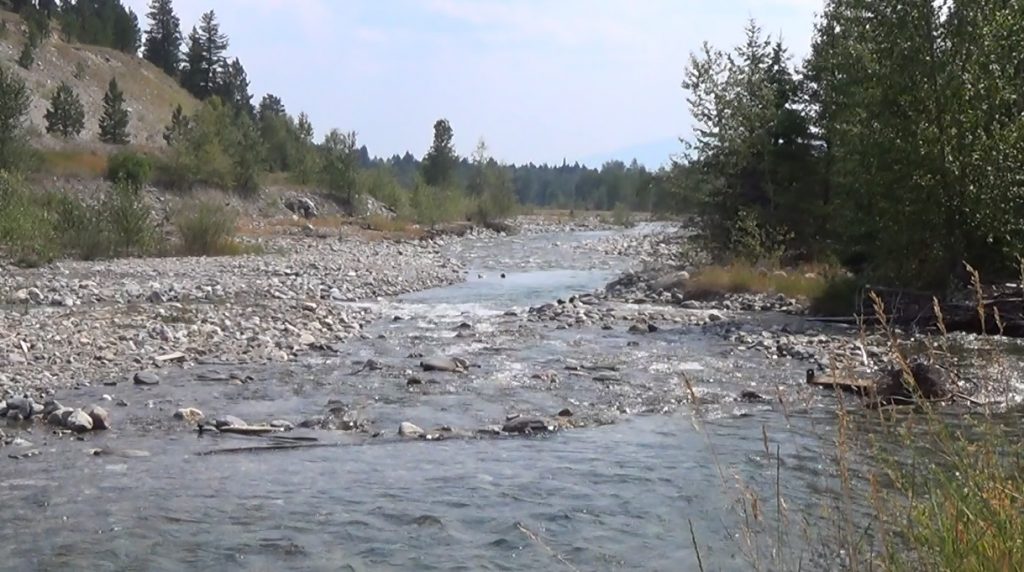
The guy, who was dressed in knee-high rubber boots and waterproof coveralls, must have been a few years older than I was. He told me that he was panning for gold, and that he’d already had some luck that morning.
“Here, I’ll show you,” he said, producing a quantity of sand from a container. “See that?” He pointed to a cluster of tiny glittering gold nuggets that stood out from the surrounding sediment. “That’s fifty, sixty bucks, right there.”
For an instant, a primal flicker of jealously rippled through me- a startling and unexpected sensation which whispered of the power of the yellow metal that had driven conquistadors through the jungle and Stampeders to the arctic in centuries past. “Very cool,” I said, suppressing a shudder at my involuntary reaction.
“Oh yeah, the creek is full of it. Best place to pan in BC, hands down.”
“Really?”
“Yep.” The prospector looked up at me in surprise. “Don’t you know what this place is? This place used to be a boomtown. Right here, where we’re standing. You can still see some of the old graves. Just head back along the road you just came up and look for the sign on your left.”
I did as the prospector suggested and headed back down the one-way trail, barely managing to get my vehicle back up the steep embankment. Sure enough, about twenty seconds down the road, I saw a stock paper sign nailed to a tree on the left hand side of the road. The sign read “FISHERVILLE HISTORIC TRAIL” and included a picture of a finger pointing down a narrow trail leading into the woods. I guided by car down the steep trail, parked in a small clearing, and got out to do some snooping.
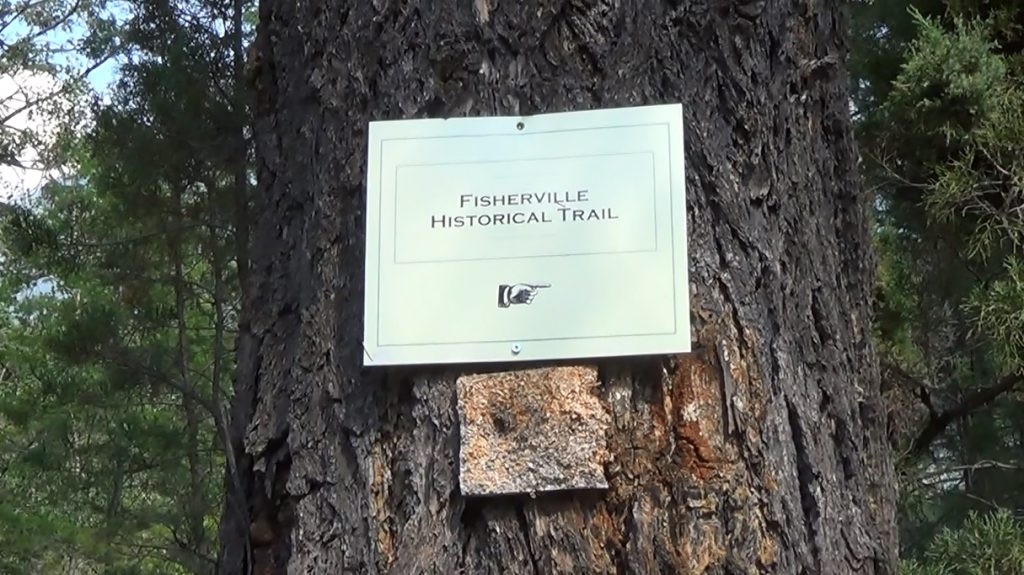
Wild Horse Creek- Canada’s Forgotten Gold Rush
As it turned out, I had stumbled upon Fisherville, the epicenter of the youngest offshoot of the Fraser River Gold Rush.
Back in 1857, when British Columbia was a cluster of fur trading districts and British colonies, gold was discovered near the confluence of the Fraser and Thompson Rivers not far from present-day Lytton, BC. In no time, prospectors of American, British, and Chinese extraction flocked to Victoria, took steamers across the Strait of Georgia to New Westminster (present-day Vancouver), and headed up an old Hudson’s Bay Company trail called the Douglas Road in what is known today as the Fraser River Gold Rush.
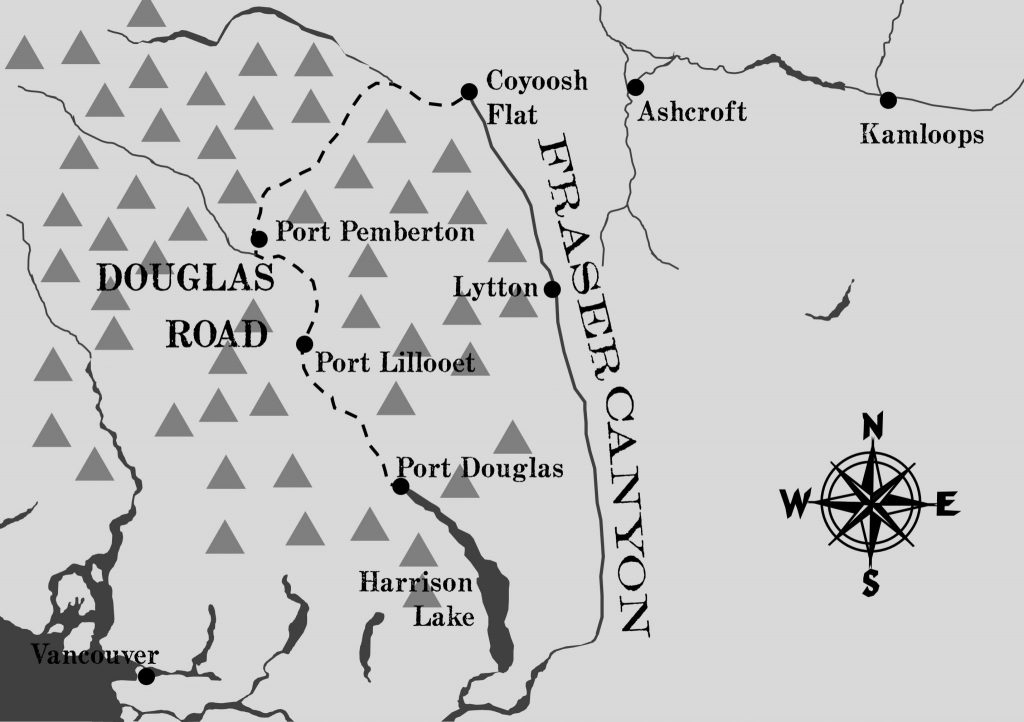
In the 1860s, some of the Fraser River prospectors who ventured off the beaten path in search of gold made strikes in the Cariboo Plateau of south-central British Columbia. In no time, prospectors from the Fraser Canyon were streaming into the interior of British Columbia in what is known as the Cariboo Gold Rush.
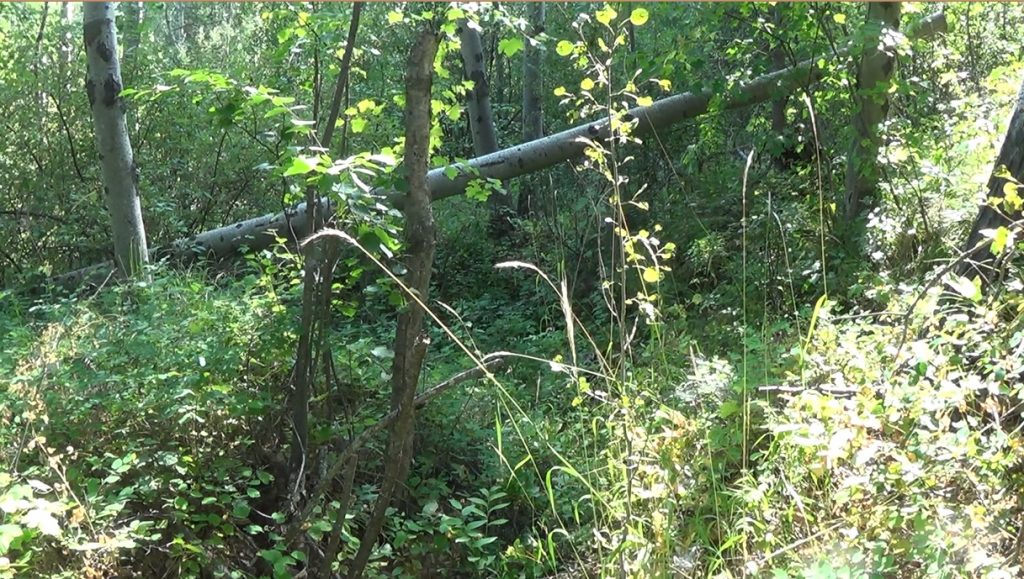
In 1864, a handful of Cariboo prospectors who had wandered east of the diggings around Barkerville and Williams Lake, the heart of Cariboo Country, discovered gold on Stud Horse Creek, a tributary of the Kootenay River. By the end of summer, nearly a thousand prospectors were panning for gold on this waterway, which would soon be renamed Wild Horse Creek (and ‘Wild Horse River’ many years later).
The Legend of Wild Horse Creek
According to one of the handful of CIBC-sponsored didactic posters erected throughout the ruins of Fisherville, there is an old Kootenai Indian legend purporting to explain the origin of the gold which lies scattered across the bed of Wild Horse Creek. Said to have been “passed on by Field Supervisor Bob Jeffrey” of Cranbrook, B.C., in 1965, the story goes:
“Once upon a time, the Spirit of the Red Man battled with the Spirit of the Mountains, and in that battle was sorely wounded. As he lay stricken, the Spirit of the Mountain sowed the floor of what is now the valley of Wild Horse Creek and all the creeks nearby with a yellow gleaming metal. ‘Mark you,’ said the Spirit of the Mountain to his foe as he cast in the last handful, ‘this will call thither men who will possess your land and enjoy your hunting grounds, and these men will be your masters.’ Truly the prophecy came to pass. Over 100 years ago came the Argonauts, who found the gold on the Wild Horse Creek, and discovered that this is a fair and delectable land.”
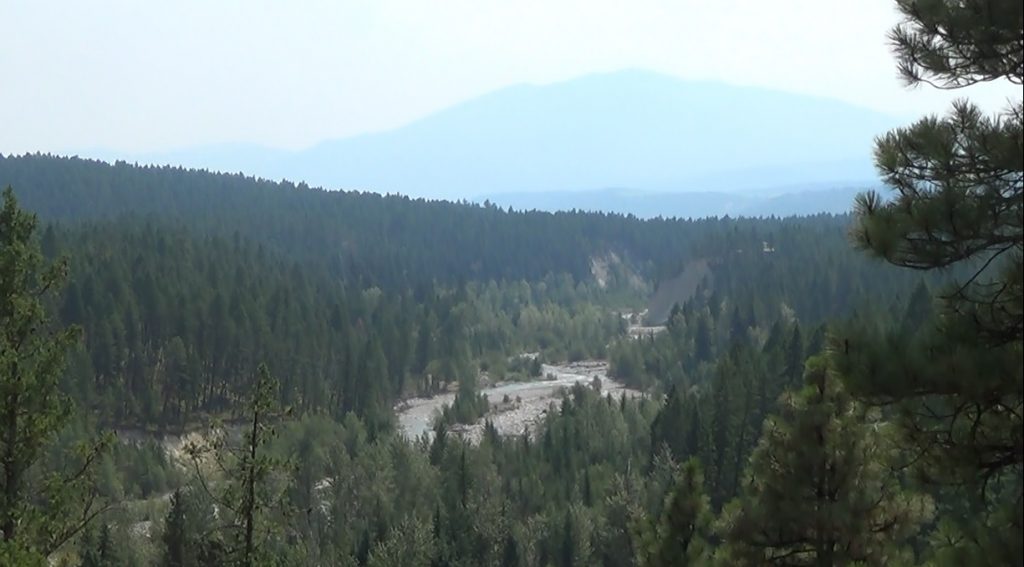
The Discovery
No one truly knows who first discovered gold on Wild Horse Creek, although there are a number of different stories which purport to be the true account. One of these stories was recounted by a miner named Dan Drumheller, who had participated in the rush of 1864. Drumheller’s story appeared in the February 22, 1932 issue of the Lethbridge Herald:
“The Wild Horse Creek discovery was made by a bunch of prospectors numbering about 60 men during March 1864. Many of these prospectors had been ordered to leave Montana by the vigilance committee. They headed for the Walla Walla country late in the fall of 1863. When they reached Frenchtown, a Canadian-French settlement, near where the city of Missoula now stands, they decided they were out of reach of the vigilantes and continued to spend the winter in the French settlement and hit the trail early the next spring for Walla Walla. I do not pretend to say all these men were bad, but many of them were hard cases.
“During the winter there came a mixed-breed Indian of the Finley tribe form the upper Kootenays of British Columbia to visit the French settlement. This breed had some small nuggets with him which he exhibited to this bunch of prospectors and of course they were interested. He told the prospectors he picked the nuggets out of seams on the bedrock at the bottom of a small clear stream of water flowing into the Kootenay River 40 miles above where Fort Steele now stands. The prospectors employed the half-breed to pilot them to his find. They left Frenchtown the first of March for the upper Kootenays.
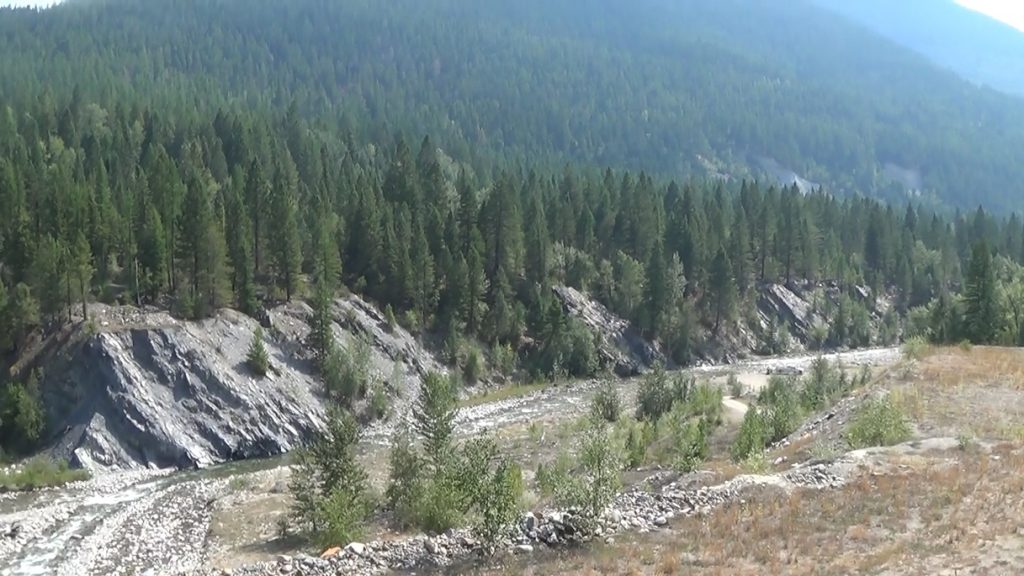
“When they reached what is now Wild Horse Creek, many of their horses were fagged out. Here they left their worn horses and the greater portion of their supplies and three men, Pat Moran, Mike Brennan, and Jim Reynolds, to take care of their stock and supplies. The balance of the party went on up the Kootenay River to Finlay Creek. They did not find sufficient gold at Finley Creek to satisfy them. While the main body of men were at Finley Creek, the three men left with the supplies had begun prospecting on the Wild Horse Creek at the mouth. They found a little gold there.
“They then prospected up the creek some four miles to a box canyon and a perpendicular fall in the creek, but still without success. Then Pat Moran worked his way around above the falls and struck rich pay dirt. When the party returned from Finley Creek the discovery had been made. Then these men called a miners’ meeting and made their own mining laws according to the American custom, notwithstanding that they were in British Columbia, Canada. They made their claims large enough so the 60 prospectors could cover all of the rich ground on the creek…”
Fisherville, British Columbia
No sooner had gold been discovered on Wild Horse Creek than a boomtown called Fisherville sprouted up in the vicinity of the new diggings. Sir Arthur N. Birch, the Colonial Secretary of the newly-established Colony of British Columbia, travelled to Fisherville that summer and reported that the town boasted 700 residents, three restaurants, several saloons, and a large brewery.
According to another of the CIBC posters at the Fisherville ruins:
“Named after Jack Fisher, one of the first men to come to Wild Horse Creek, Fisherville was home to the 5,000 miners who would eventually try their luck here. From the beginning, the men who flocked to the Wild Horse rush were much the same as those who frequented other gold rush towns. These were often desperate men, with little money to show for their work, some one step ahead of the American or British authorities…
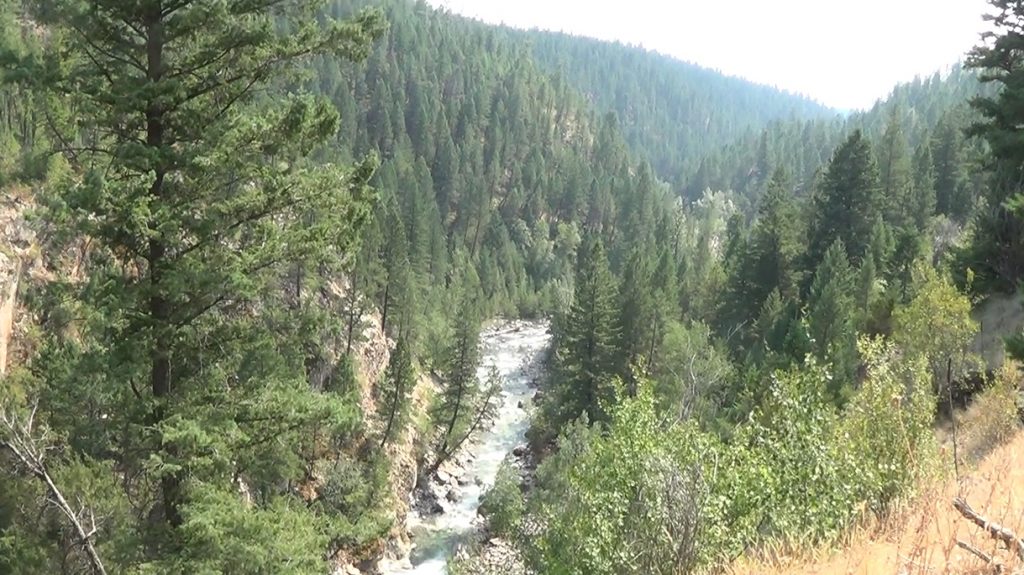
“In the first days of the camp, decisions and legal matters were often decided by elected committees. This followed miners’ traditions formed as far back as the California rush of the 1840s. Elected judges and sheriffs would often use force of numbers and arms to mete out laws created as circumstances arose…”
The Shooting of Tommy Walker
Unlike the crowd at Barkerville, which was made up of prospectors of chiefly Great British and Chinese extraction, the population of Fisherville in 1864 was predominantly American. The “wild boys” of Wild Horse Creek, many of whom had cut their teeth in the rough-and-tumble world of the California and Colorado goldfields, were notoriously rowdy. One incident which serves to illustrate the anarchy that reigned in the early days of the Wild Horse Creek Gold Rush is the shooting of Thomas Walker, an event described thus by one of the CIBC posters at Fisherville:
“… In the early days of the rush, before the Colonial authorities had arrived to assert British sovereignty, Fisherville was a fast and loose town. As some men toiled for a pittance and others grew wealthy overnight, tensions on Wild Horse Creek grew. On an August night in 1864, there was a bout of drinking in progress at one of Fisherville’s finer establishments. Words were exchanged, anger boiled over, and the name-calling began. The prospectors lined up behind two men, Tommy Walker and William Burmeister, known as ‘Yeast Powder Bill’. No one know why the fight started in Charlie Fortier’s saloon, but by the time it was finished, five men were terribly wounded and one lay dead [according to the aforementioned article in the Lethbridge Herald, men named “Overland” Bob and Paddy Side were hit on the head with hand spikes during this brawl, and a fellow by the name of Kelly was stabbed in the back with a knife].
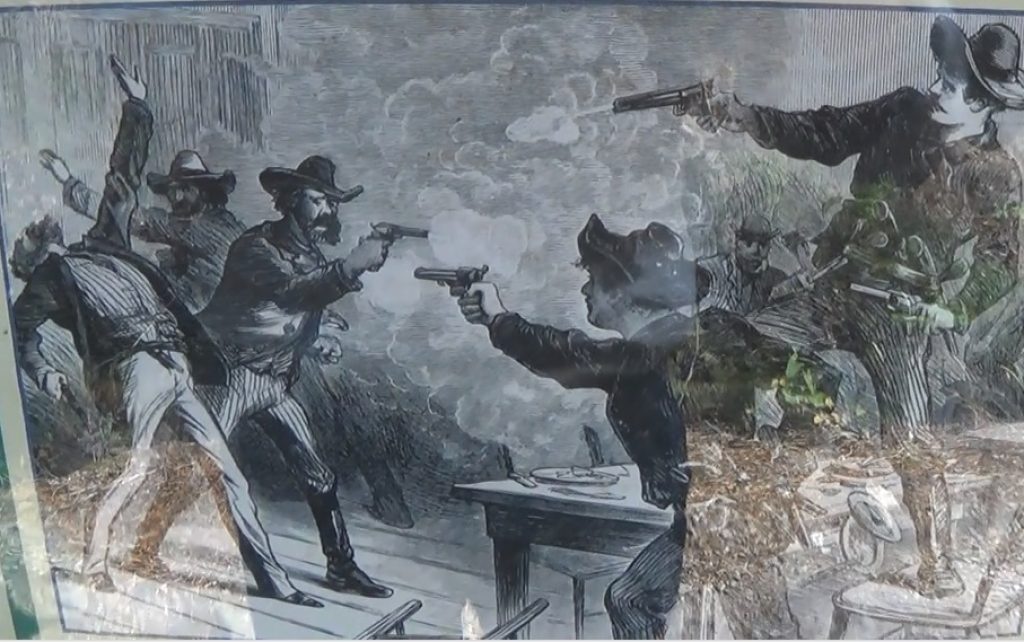
“Walker fired first, shooting off one of Yeast Powder Bill’s thumbs, but Bill made his shot count, and Walker fell to the ground dead. Bill high-tailed it out of camp but was pursued by Bob Dore, president of the Law and Order Committee. Dore caught up with Bill and, aided by his six-shooter, convinced him to return to Fisherville. His wounded thumb was attended to and he and the other wounded men were put under lock and key. An angry mob gathered, hot for revenge, but Bob Dore and his men dispersed them by firing their guns into the air.
“In the democratic tradition of mining camps all aver the west, a judge and sheriff were elected, Yeast Powder Bill was provided with defense counsel, and a miner’s court was convened to try Bill for the murder of Tommy Walker.
“Conflicting accounts of what actually happened came out at the trial and the jury of prospectors found Yeast Powder Bill not guilty for lack of evidence. Bob Dore let Bill know that he had one half hour to get out of town and it is told that Burmeister was gone in half that time.
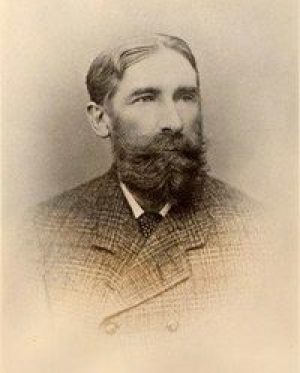
“A few days later, Judge John Carmichael Haynes rode into camp. An inquest was conducted into the death of Tommy Walker, but Judge Haynes came to the same conclusions as the miners. British law had come to Wild Horse Creek.
“Thomas Walker was a young 27 years old when he fell to Yeast Powder Bill’s bullets on August 6, 1864. He was born in County Donegal, Ireland, and like many of his fellow miners, had probably left the emerald Isle to find his fortune in the gold fields of the West.
“In the 1960s, Mr. and Mrs. Reg Egge of Fort Steele visited the grave and noted that it was in need of some care. They retraced the letters on the headstone and, with the East Kootenay Historical Association, constructed a protective case for the grave maker. Eventually, a replica was made and the original is now in safe keeping at Fort Steele Heritage Town.
“Tracked down in Ireland, the Walker family was grateful to finally learn what had happened to their long-lost relative. All trace of Tommy Walker had been lost to his family after his arrival in North America. His father made two voyages across the Atlantic from Ireland to New York in an attempt to find his son. Little did he know that Tommy had met his end here on Wild Horse Creek, buried in the lonely grave where he still lies today.”
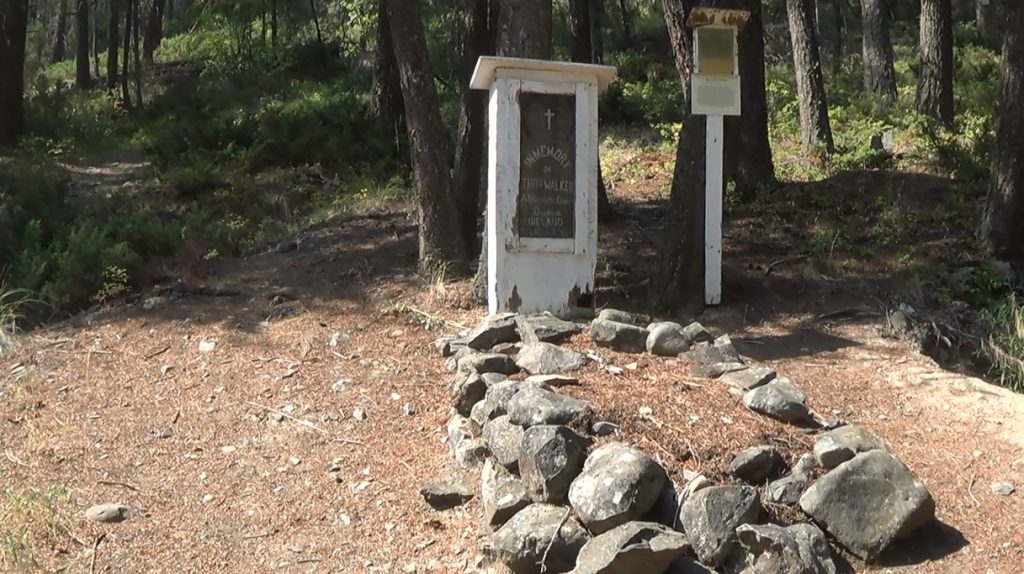
The Grave of Thomas Walker
Tommy Walker’s grave lies a twenty feet or so from the poster detailing his demise. A plaque nailed to a nearby tree reads:
“Thomas Walker, a native of Donegal, Ireland, died at Wild Horse Creek, August 6, 1864, aged 27 years. He met his death in a gun fight with ‘Yeast Powder Bill’ Burmeister…”
Cuddy’s Gold
Another crime alluded to by the CIBC posters at Fisherville describes the robbery of a wily gamester named Old Cuddy:
“One of the most popular ways to pass the time in the gold camps was gambling. One such gambler was an Irishman by the name of Old Cuddy. He ran a small store and held shares in a large placer mining company. Cuddy was not much of a gambler and owed money to many Fisherville residents, often refusing to pay his debts. However, as gambling was officially illegal, Cuddy’s card-playing compatriots could hardly go to the authorities to remedy the situation.
“Cuddy had managed to acquire 1,000 ounces of gold dust, a small fortune which he planned to take with him when he left Kootenay. He kept the gold in his store under the watchful eye of a trusty guard.
“Late one evening, two men approached Cuddy’s store and fired their revolvers. They let out a cry that someone had shot Old Cuddy. The guard ran from the store to a nearby saloon to save his friend, only to find Cuddy, playing poker, quite alive and well. When the two men ran back to the store they found the two men were gone and Cuddy’s gold along with them.
“There were rumours that the whole episode had been a scheme concocted by Cuddy to get his gold past the Gold Commissioner and the 50 cent per ounce export duty. The robbery did prove genuine, but there was little sympathy in the camp for Old Cuddy because of his infamous reputation for reneging on his debts.”
Kootenai Brown’s Tenure
Incidents like the shootout at Fortier’s saloon and the robbery of Old Cuddy prompted Sir Arthur N. Birch to dispatch a Constable of the Colonial Civil Service to the new diggings in an attempt to bring law and order to that wild frontier.
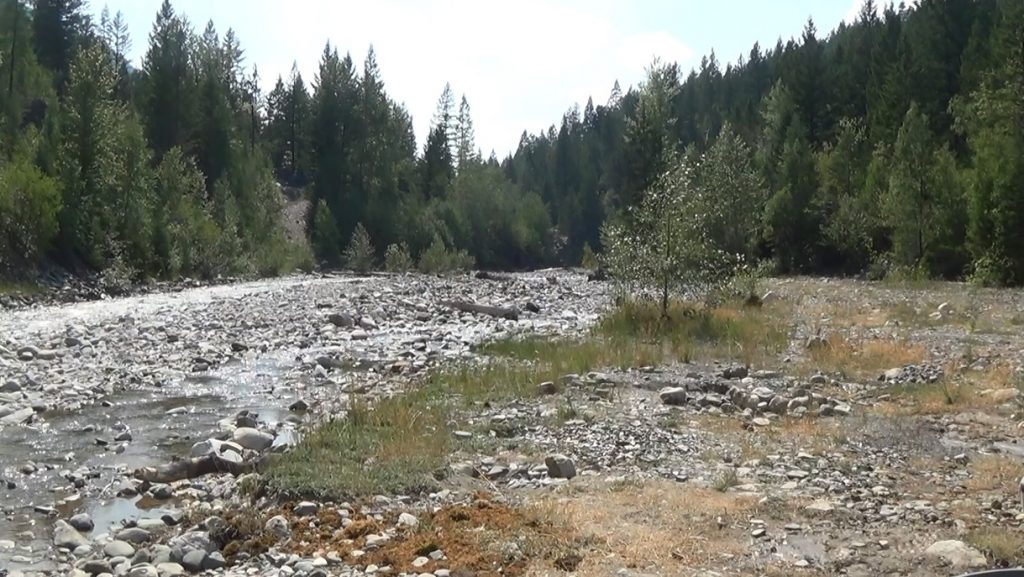
Wild Horse Creek’s first lawman happened to be 26-year-old John Brown, a celebrated Irish-Canadian frontiersman who would later take up residence at Waterton Lakes, where he would come to be known as “Kootenai” Brown in his later years. In his journal, Brown described one of his more notable brushes with the shady underbelly of Wild Horse Creek which took place in the summer of 1865:
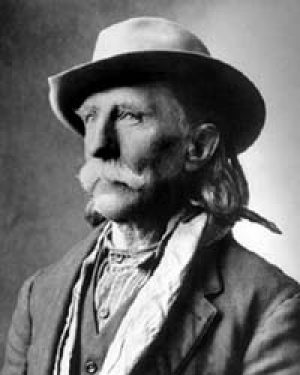
“Three men came into Wild Horse and succeeded in passing several thousand dollars worth of bogus gold dust. It was an amalgam composed of 75 per cent copper, 5 per cent lead, and 20 per cent gold. It was a very good imitation…
“Well, these three fellows- Kirby, Conklin and a third whose name I forgot… these three brought in the amalgam, bought goods and paid for them with it. They were pointed out to me at once and I marked them as suspicious-looking characters. When it was discovered that a lot of bogus nuggets were in circulation on the creek, I went to arrest the three strangers. They were living in a one-roomed cabin and I knocked at the door. Getting no reply, I burst open the door and Kirby grabbed for his gun. I had him covered and I called out to him ‘Throw up your hands or I’ll make a lead mine of your carcass.’
“While I was getting Kirby out of the cabin, the other two escaped. After putting my prisoner under lock and key, I organized a posse and we were not long in locating Conklin and his pal, both of whom were also put behind bars.”
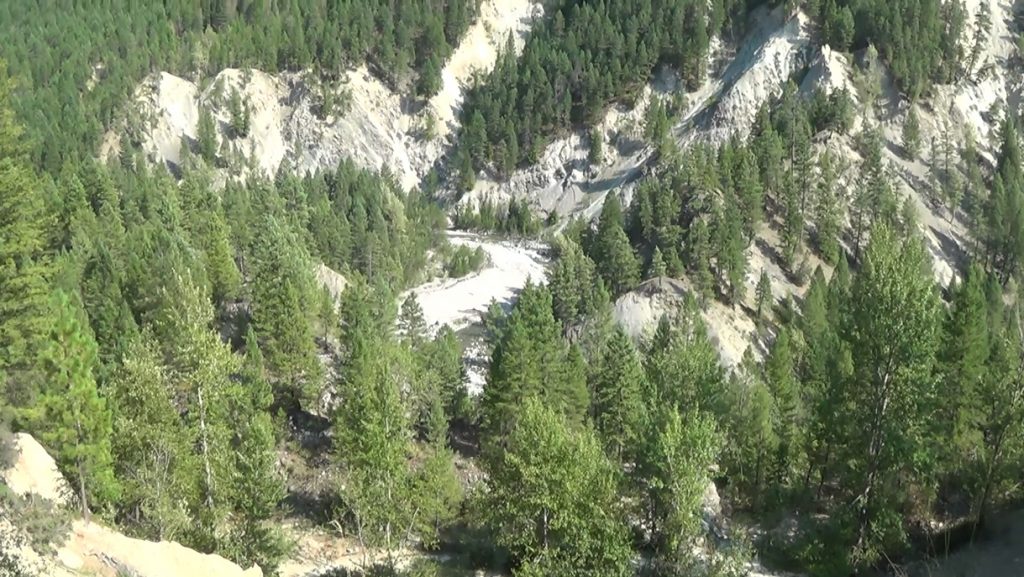
Following the arrest, Brown tendered his resignation from the Colonial Civil Service, unable to make a living on account of a sudden decrease in his pay eager to head east in search of gold. He described the unfortunate sequel to the arrest in his journal:
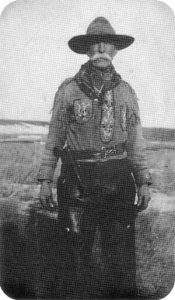
“My successor, whom I recommended… as a suitable man for the job, had a streak of bad luck with the three men I left him in the jail.
“Among the pieces of good advice I offered the young fellow was never to allow more than one prisoner out at a time and never, on any account, to turn his back on a prisoner. I regret to say that one morning he thoughtlessly disregarded this advice and let all three out at a time to wash for breakfast. He turned his back for a moment when Conklin ‘put the mug on him’ (threw his arm under his chin and held his head back) then gagged and tied him. Then they took his horse and what money he had, his clothes and his gun and made a clean get away. The jail was in a lonely part of the creek and their escape was not known till the butcher called for the meat order. He knocked at the door but got no response. Returning with a blacksmith, the lock was pried off and on entering they found the constable bound and gagged and locked in a cell, but the cells of the prisoners were empty. A search party was organized but no trace of the desperadoes was ever found.”
The Chinese Burial Ground
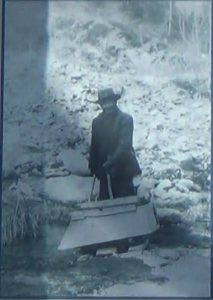
A short walk uphill from the grave of Thomas Walker is a small parcel of land punctuated by a number of equidistant coffin-sized depressions. Another CIBC poster explains that this area once served as a graveyard for Chinese prospectors who passed away in and around Fisherville during the Wild Horse Creek Gold Rush. According to the poster:
“Chinese miners came soon after news of the Wild Horse goldrush broke. They worked poorer claims or provided services to other miners. White miners seldom honoured Chinese claims; in fact, Chinese miners often could only secure rights on the ground previously exhausted by other miners.
“The Chinese founded and maintained this, their own ‘Chinese’ cemetery. In this ground the Chinese buried those who died far away from home, performing their traditional burial rituals. However, there are no longer any bodies in this cemetery.
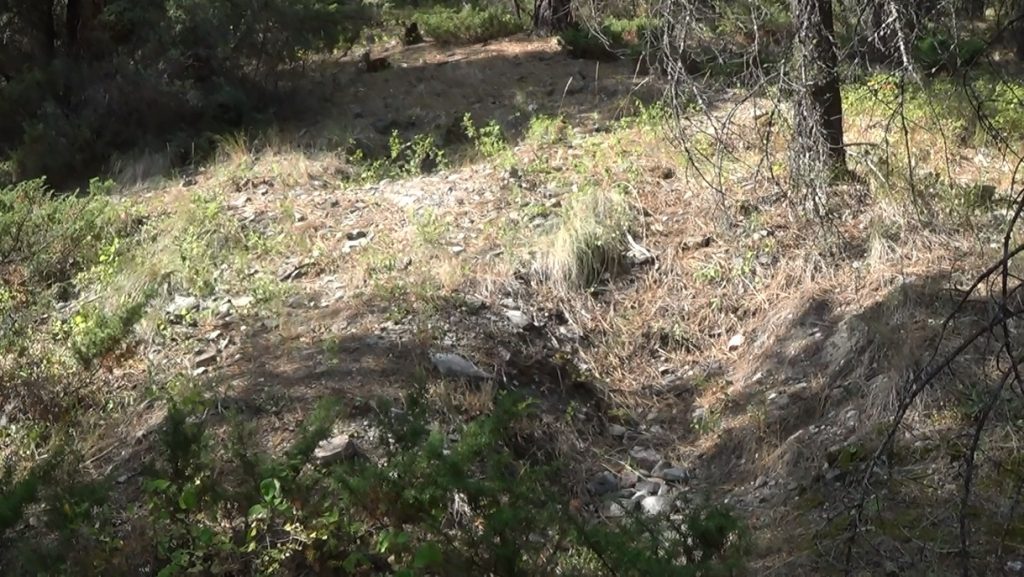
“Chinese tradition at that time stated that a son or daughter of China must be buried in the land of their birth. Many Chinese arranged ahead of time that should they die here, their bodies would be disinterred and sent back to China for burial. Institutions such as the Chinese Benevolent Society would arrange such services, paid for ahead of time by those to be transported.
“Unlike white miners, the Chinese presence on Wild Horse Creek increased with the end of the gold rush. The sight of a Chinese placer miner patiently working with his rockerbox (or later with a hydraulic monitor) would have been common to many that visited Wild Horse in the years following the 1860s. The legacy of Wild Horse Creek that we have today was formed in part by the painstaking work of the Chinese miners.”
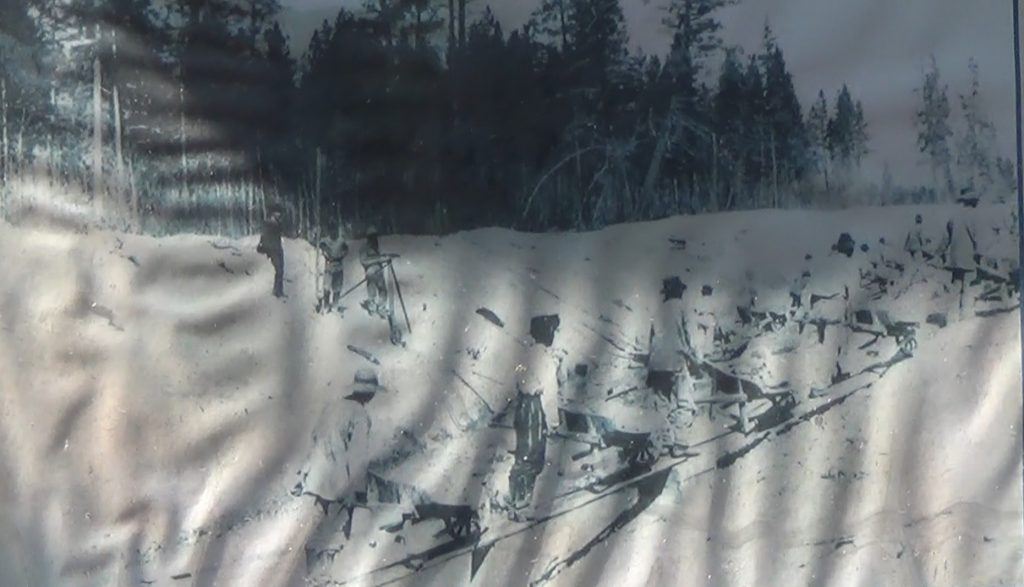
The poster goes on to describe a funerary custom practiced by the Chinese prospectors of Wild Horse Creek in a piece written by Mrs. Annie Yip of Fernie, British Columbia, in 1998:
“Qing Ming: The Chinese Meal for the Dead
“Each year the meal for the dead was prepared on the anniversary of a relative’s death. The meal was an old Chinese tradition venerating one’s ancestors. All children, grandchildren and great-grandchildren were expected to participate, forming a large group for the ceremony.”
“The meal consisted of:
- Roasted chicken
- Assorted and expensive fruits
- Cooked pork
- Rice
- Wine or whiskey
- The deceased’s favourite food
 “The meal would be taken to the cemetery and laid out as would a regular meal. Three bowls, three glasses, and three sets of chopsticks would be set. The whole family would bow and pray to the ancestor, asking for the security of the family.
“The meal would be taken to the cemetery and laid out as would a regular meal. Three bowls, three glasses, and three sets of chopsticks would be set. The whole family would bow and pray to the ancestor, asking for the security of the family.
“Once the table was laid, the youngest child present would pick up the glass with the alcohol and pour it onto the grave, providing a drink for the ancestor. Then all present would partake in the food, assuring that the dead would not have to dine alone.
“This ritual was performed to assure that the dead were not hungry on the other side, and provided good fortune for all attendants.”
The Rise and Fall of Fisherville
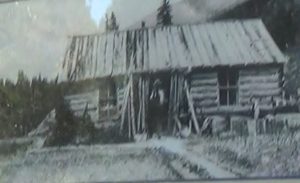
By 1865, the population of Fisherville and the surrounding area had swelled to nearly 5,000. Soon, rough women with names like “Axe-Handle” Bertha, Little Lou, “Gunpowder” Sue, and “Wildcat” Jenny began to move into town, establishing their own district called Toneyville.
Another CIBC poster at the Fisherville site attempts to give readers an idea of the harsh life led by the prospectors at Wild Horse Creek:
“…In the hills, the miners had to survive on poor rations while doing hours of tedious back-breaking work digging through rock and gravel immersed in ice-cold mountain water. There were few remedies for disease or injury and the 19th Century doctor was often of more harm than help to his patient…
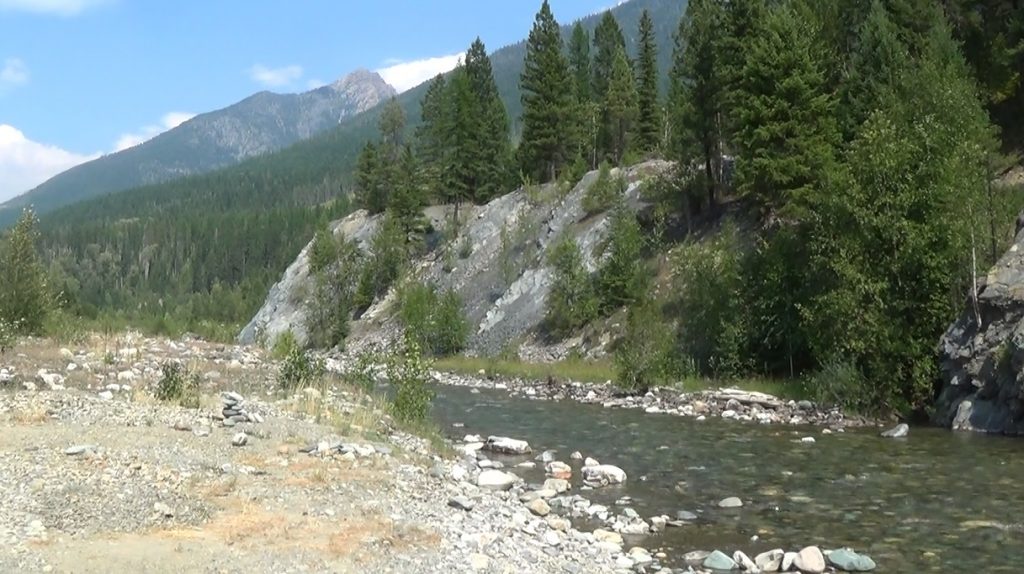
“Few of these men actually made their fortune. Most of the gold they found went to pay the inflated prices of supplies. What they had left might be spent on a ‘spree’ in the dance halls and saloons of San Francisco. These celebrations were fueled with plenty of liquor and gambling and often ended in violence and death.”
The residents of Fisherville soon discovered that the town itself was built on gold deposits. The buildings were demolished so that the ground beneath them could be relieved of its auric contents.
By the end of 1865, many of the town’s residents began to move on in search of brighter prospects- namely Big Bend Country to the north and Helena, Montana, to the south- and as suddenly as it had boomed, Fisherville was abandoned. Despite being briefly resurrected as a Chinatown by Oriental prospectors who arrived to sift through the claims that the Americans had deserted, Fisherville was gradually devoured by the British Columbian forest.
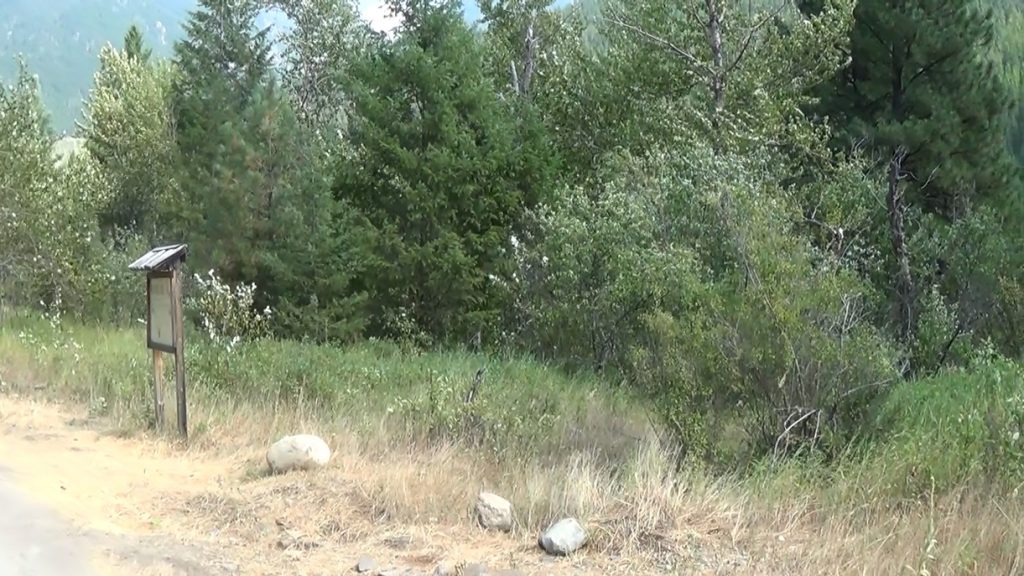
In total, an estimated 48 tons of gold was removed from the Wild Horse Creek diggings in the short-lived rush of 1864 and ’65, worth about $907,000,000 CAD in today’s currency.
Fisherville’s Last Remains
Today, all that remains of the original Fisherville is a ruined stone chimney and a heap of hand-milled, age-silvered wooden planks which once comprised the Kootenay Post Office, abandoned in 1888 when the government of British Columbia moved their offices to Fort Steele.
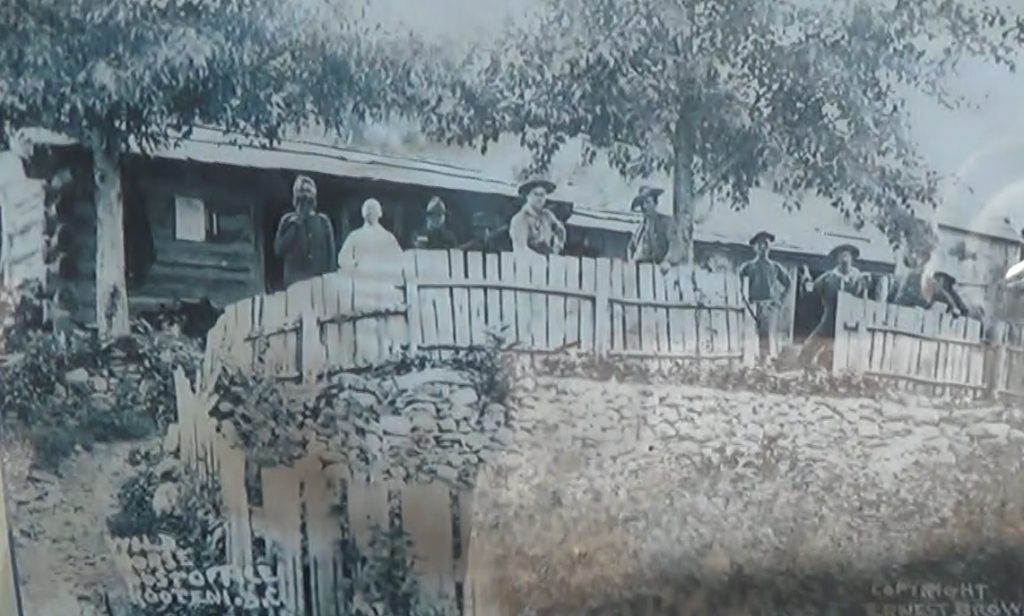
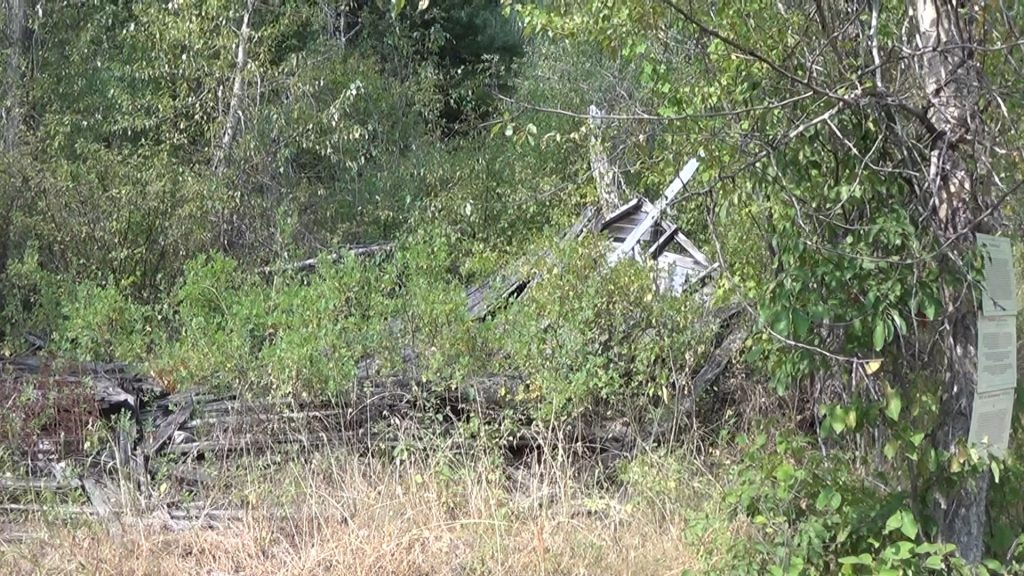
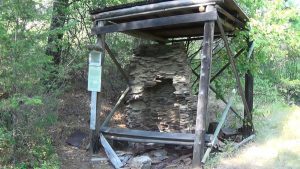
Last but not least, the Fisherville cemetery is also intact. A sign near its entrance states:
“In this cemetery lie the remains of a number of Wild Horse Creek’s original residents. These men came from all over the world in search of fortune and faced countless hazards and hardships in the mountains of the Kootenays. Their only reward; a lonely grave here under the windswept pines of Wild Horse Creek…
“Small, forgotten cemeteries like this one are scattered across the West. Take a moment to reflect on the arduous lives led by the ill-fated adventurers who now lie beneath your feet and enjoy the silence of this, their final resting place, so far from home.”
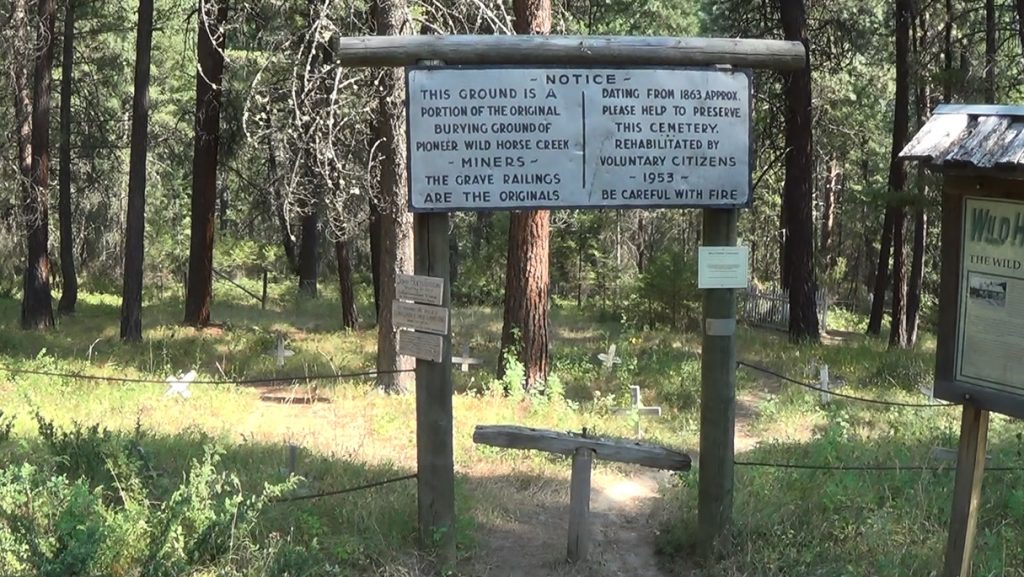







Steve
Was just there today. Visited the graveyard, took a walk to the hydraulic workings then strolled down near the old town site. It’s currently a BC historical site and you aren’t allowed to remove anything, gold pan, or metal detect but pretty cool to see, anyway. Lots of indication of people violating the panning directive though such as newer tailings and excavations.
Loved the history you provided. I know what you mean about the road up there. It’s a white knuckle drive, even in a 4×4. It was probably not much more than a goat trail back in the day.
Thanks,
Ross
Rod Faust
Very cool to find this, as my Dad ,little brother and I would prospect Wild horse creek on weekends back in the 70’s
We eventually used a metal detector to find the old dumps in which we found Chinese pots( Soya, Tiger whiskey , etc)
a lot of which ended up in the Fort Steele museum.
On a final note my Dad’s ashes are buried under a marker in the the place he was happiest in life, in the valley of Wild
Horse creek
Rod Faust
Lily Chow
A very interesting and comprehensive history to Wild Horse Creek and Fort Steele. Thank you very much.
Lily Chow
Hammerson Peters
Thanks for reading! I’m glad you enjoyed the article.